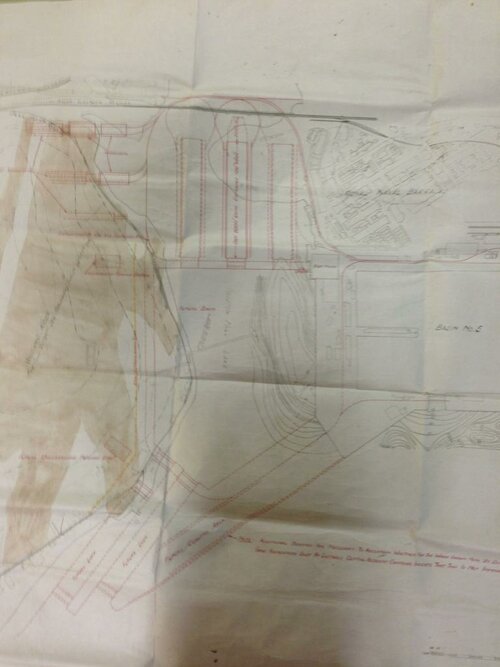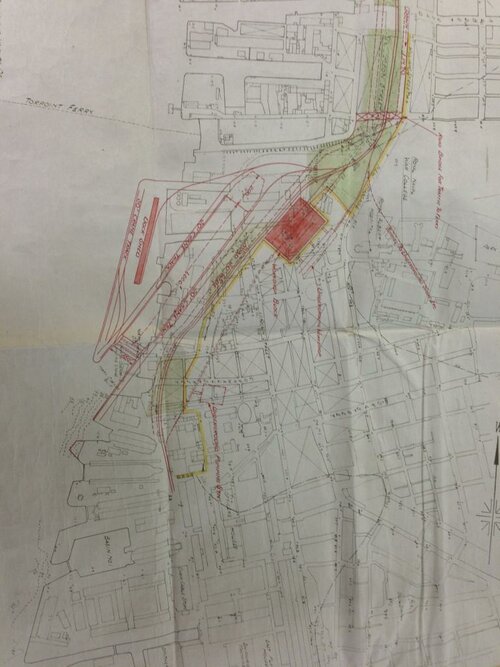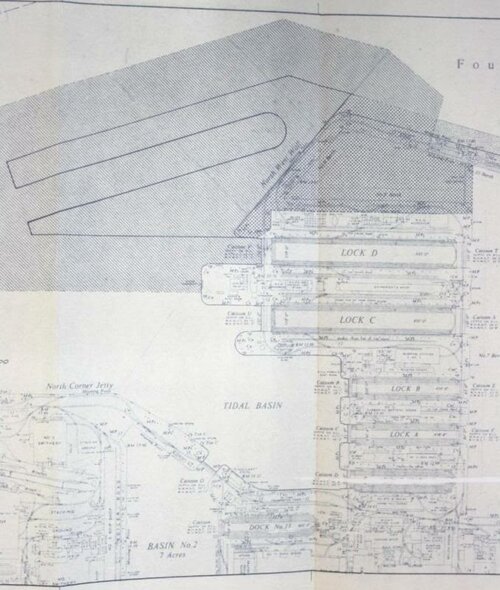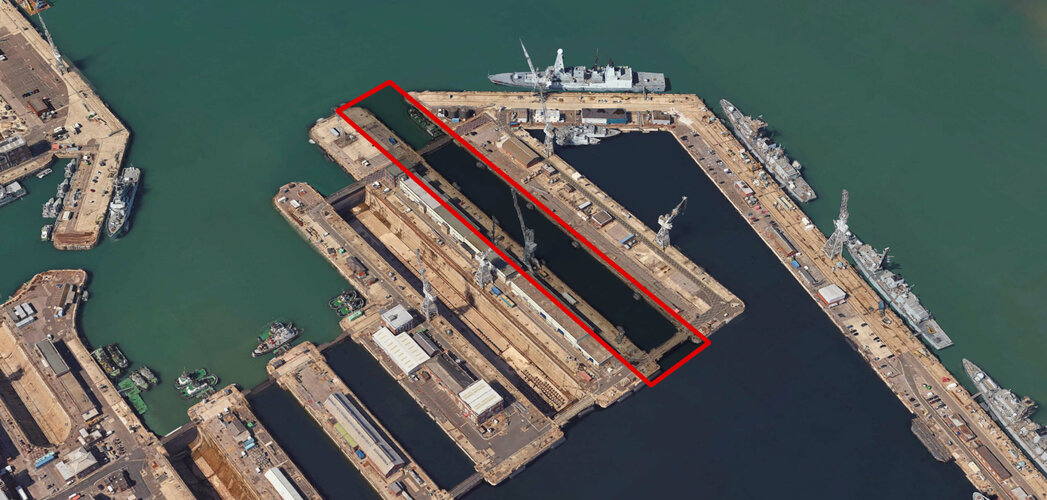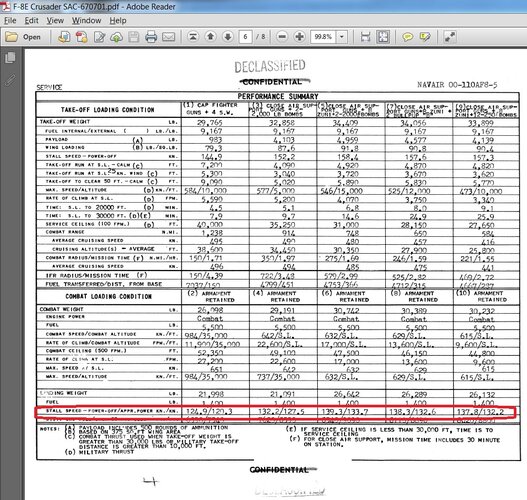The mantra is more, 'the best we can reasonably get, when we need it'. F.155 was unreasonable, as was the P1154 and HS681, however the Lightning, P1127, Buccaneer and TSR2 were all within Britain's resources if properly managed.
While I broadly agree with you I'm not going down the TSR.2 could have been put into service with the RAF in reasonable time and cost route this time, because it's a bruising experience for the believers and the non-believers. Plus at present I'm in the
"it shouldn't have been started in the first place and the only reason for continuing with it in 1965 was that it had reached the point of no return because sunk costs aren't necessarily a fallacy" mood.
And I think you've said several times before that the 1960s UK only had the money and technical resources for one advanced combat aircraft. If it's a choice between TSR.2 and a new fighter then I'm going for the fighter because we have the Buccaneer to fall back on as the Canberra replacement.
I disagree. The development of a state of the art naval fighter will be every bit as complex and challenging as the TSR2 in its own way. Even if the Spey and AIRPASS radar family are used it will still cost more than the F4 to develop.
Maybe it will cost more than the Spey-Phantom to develop. But we can put in the money spent on P.1154 to cancellation into the TTL fighter project and there may be some spare cash from making the RAF buy Buccaneer instead of TSR.2 & F-111K.
However that's not the real game-stopper, which is the low unit numbers; less than 140 units and likely only about 100 even when things are going well.
The Spey-Phantom was also more expensive to the build than the J79-Phantom due to it being a non-standard aircraft. It might also have been due to some of it being built in the UK instead of the normal suppliers. For example the radar was built under licence by Ferranti and some of the fuselage was built in the UK in addition to the aircraft having British-built engines. This is why I suspect that a British Phantom substitute with Spey engines wouldn't cost any more to build than the Spey-Phantom.
It wouldn't have been an RN only project because the RAF would have bought it to replace Lightning. So in circa 1962 they'll be thinking of a production run of at least 300 consisting of 140 for the RN and 160-plus for the RAF. The latter needs to be enough to maintain 120 aircraft in the front-line (10 squadrons of 12 aircraft) plus the second-line units (e.g. the OCU) and
"backing". FWIW Roy Boot in
"From Spitfire to Eurofighter" McDonnell based their policy on an expected order for at least 400 aircraft.
It's effectively replacing the OTL P.1154 project for an supersonic VTOL aircraft to replace the Hunter and Sea Vixen with a supersonic CTOL aircraft to replace the Lightning and Sea Vixen. The OTL project failed because the services requirements were incompatible. The TTL project would have had a much higher probability of success because the two services had compatible requirements.
Furthermore, are 140 Spey-Phantom substitutes significantly less than the 175 P.1154RAFs and 193 TSR.2s that IIRC were planned in 1964? That's a rhetorical question, because I think it isn't significantly less and I think that at least 170 would have been built for at least a one-for-one substitution for the Spey-Phantom. One of the reasons for this is that the number built was reduced from 209 to 170 because it was a fixed-price contract and the devaluation of Sterling increased the unit cost. That wouldn't happen if the aircraft was assembled in the UK from British built components. Also although most people say that 209 Phantoms were ordered serials were issued for 223 aircraft, although the extra 14 come before the 39 that were cancelled as a result of the Sterling devaluation.
Talking of British built components the British content of the Spey-Phantom also included some of the fuselage and the radar which was built under licence by Ferranti.
It's simply not worth developing such a powerful aircraft domestically as it will be in competition with other aircraft that will be built in considerably greater numbers.
They effectively did that with the OTL Spey-Phantom due to the many differences between it and the J79-Phantom.
Furthermore, why should that matter because it (and the P.1154 & Spey-Phantom IOTL) weren't built for the export market. Any export orders that the aircraft that I propose would have got would be a bonus not the object of the exercise.
TSR.2 was in competition with an aircraft (the F-111) that was built in considerably greater numbers too.

